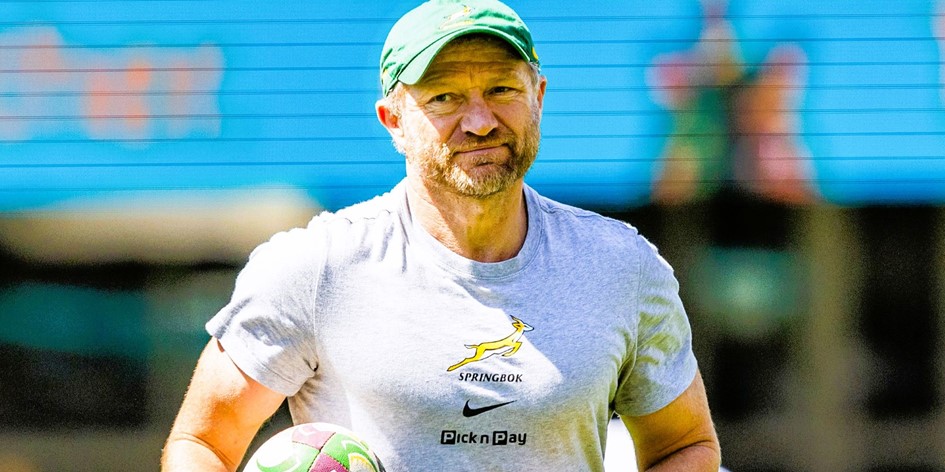Author: admin
-

This Black Friday Deal Slashes LG’s 65-Inch OLED TV to a New Low of $997
LG is no stranger to our list of the best TVs around, so it’s always worth paying attention when one of its models appears at a discount. The LG B5 series has only been around for a few months, and its use of OLED technology makes it a solid…
Continue Reading
-

Purse breakdown: What are the payouts for Butterfield Bermuda Championship – PGA Tour
- Purse breakdown: What are the payouts for Butterfield Bermuda Championship PGA Tour
- 2025 Butterfield Bermuda Championship: PGA Tour betting odds, futures picks and winner tips Golf News Net
- Butterfield Bermuda Championship Picks, Predictions &…
Continue Reading
-

Rescuers searching for missing migrants after boat sinks off Malaysia recover 5 more bodies
KUALA LUMPUR, Malaysia (AP) — Malaysian rescuers searching for dozens of people still missing after a boat carrying migrants from Myanmar capsized last week recovered five more bodies on Monday, bringing…
Continue Reading
-
Just a moment…
Just a moment… This request seems a bit unusual, so we need to confirm that you’re human. Please press and hold the button until it turns completely green. Thank you for your cooperation!
Continue Reading
-

Breakup of ancient supercontinent Nuna created ‘incubators’ for complex life, study finds
The breakup of the ancient supercontinent Nuna during Earth’s “Boring Billion” years drastically shook up the planet, and the reshuffle may have created the conditions that gave rise to complex life, new research shows in unprecedented…
Continue Reading
-
U.S., Chinese film executives stress collaboration in dealing with future challenges-Xinhua
LOS ANGELES, Nov. 10 (Xinhua) — Leaders from Hollywood and major Chinese studios agreed upon the importance of collaboration to better navigate rapid changes affecting the global film and TV industry here Friday at an event as part of the…
Continue Reading
-
Just a moment…
Just a moment… This request seems a bit unusual, so we need to confirm that you’re human. Please press and hold the button until it turns completely green. Thank you for your cooperation!
Continue Reading
-

Coach Conversation | UFC 322: Shevchenko vs Zhang
Kyte: Right. In theory, she should have an edge because she’s natural to the weight class and has been in there with bigger, stronger opposition in the past and done well. She was in there twice with Nunes, and Liz Carmouche, who is a bulldog,…
Continue Reading
-

“Boks fully focused on Italy after France battle”
The Boks extended their lead on the world rankings over New Zealand on the weekend, and despite tenth-placed Italy on Saturday, Brown and Springbok loose forward Marco van Staden said they expected a colossal…
Continue Reading
